Sunday was the first full day of our break in Kirkby Stephen and in the morning we took it easy. But by midday I was feeling restless and the weather looked reasonably promising so it was time to get our boots on a set off for a walk.
A couple of years ago I read a book about the Eden Valley – The Stream Invites us to Follow: Exploring the Eden from Source to Sea – by Dick Capel, who was Countryside Manager for the East Cumbria Countryside Project from 1992 to 2008. In the book he follows the course of the Eden and it was reading it that inspired me to visit and explore an area I’d largely neglected, resulting in our out of season breaks in Kirkby Stephen and, last October, in Appleby. (I was also influenced by reading the descriptions of Sharon’s “adventures” in Eden on her blog).
Dick Capel had been involved in three arts projects as part of his role – The Eden Benchmarks, Andy Goldsworthy’s Cumbria sheep fold project and also the Poetry Path in Kirkby Stephen. For the latter, twelve blocks of stone were installed at intervals along a route on both sides of the river Eden a mile or so to the south of where we were staying. On each of these stones lettering artist Pip Hall has carved a poem by Meg Peacocke together with a small decorative motifs which illustrate activities associated with the months of the hill farmer’s year. There are stones at 12 locations; one for each month of the year. Although the brief was to represent the farming year, this has been interpreted loosely with some of the poems describing nature and landscape.
As we’re both avid readers and interested in both poetry and sculpture I devised a route that would take us down to the Poetry Path, which we then followed, before returning to Kirkby Stephen via the small village of Hartley, along the disused track bed of the Stainmore Railway which crosses two restored viaducts.
We cut down the ginnel opposite our accommodation, and then through the town centre and down to the river, where we crossed over Frank’s Bridge. We then took the path that followed the right bank of the Eden
on through fields, passing this old barn
After a mile or so we reached the Poetry Path which starts with the January stone at ‘Swingy Bridge’. However due to the route we’d taken the first stone we came across was the one for March. So we carried on from there. We’d bought a small booklet from the Tourist Information Centre in Kirkby Stephen when we arrived. It only cost £2.00 and was a great help in locating the stones – some of them are installed in walls and others are easy to miss. It also provided background information and photographs of some of the stones from when they were installed back in 2004. Since then they have weathered and some overgrown with lichen, moss and other vegetation making them difficult to read. Luckily there’s a blog where you can see the text of all the poems in full and I’ve used this as a source for the poems reproduced in this post. Most of the motifs were impossible to make out.
The March stone was installed in a stream and had a good covering of vegetation making it impossible to read the full text.
“From field and fell run cols run small. I am the rain tear in the eye blood in the vein I am the sea.”
Jim Capel, in his book has an account of the fun had when installing the stone here!
The contractor used a low loader with a telescopic arm……. As we hesitated, mesmerised by the dangling stone, one of the straps snapped, and it plunged with a mighty splash into the beck. There it wedged itself in an upright position against the sandstone outcrop at the back of the pool.
Jim Capel, The Stream invites us to follow
The next stone was incorporated into a dry stone wall and easy to walk past
“Coltsfoot, celandine, earliest daisies. Twin lambs race to the mother, baby cries, Mam! Mam! Jolt out of them and now they jostle the ragged ewe, boosting each split hoof high off the bitten turf. Pinching jaws and hard curled coats are braced against these April suns and sleets.”
The May stone was also embedded in a wall, just before the bridge over the former railway line.
“Penned in a huddle, the great tups are clints of panting stone. The shepherd lifts a sideways glance from the labour of dagging tails. His hands are seamed with muck and sweat runs into his eyes. Above us, a silent plane has needled the clear blue. Paling behind it a crimped double strand of wool unravels.”
The countryside here was very pleasant and, surprisingly, it wasn’t too muddy underfoot
There were good views, too, over some of the fells – including the distinctive Wild Boar Fell
When we arrived at the June stone a family with two young boys and a baby were resting near and on the stones, with the mother using one of the stones as a support while feeding the baby. So we carried on past on to the former railway track and the next stone. We returned later for a proper look as we had to retrace part of the route to join the track on the return leg of our walk.
In this case there were two stones, gritstone blocks that had previously used in an indusrtial process according to the booklet. Both carved with text
“Light drops like honey from branch to branch. Elders balance their dishes of cream, while fledgelings try small quivery leaps, testing the buoyancy of the air.”
The July stone was a short distance along the railway path
“Silage. Tractor incises the first green furrow. Skillful geometrician, the driver judges an arc of weather.”
The August stone, a naturally curved rock, was a little further along. The text was carved on both sides
“Crabapples tart on the tongue, Hazelnuts milky, Rosehips cool in the hand, Thistledown silky.”
The September stone was the third and final one on the old railway track and referenced the former use of the location
“Revetted banks, a concrete post. Rabbits tunnel the cinder waste. Angle iron, link of a broken chain. Listen, and catch the hiss of steam again.”
A little further on we crossed over the river on the Millennium footbridge below the road bridge. We looked down on the river where we had a good view of “The Devil’s Grinding Mill” also known as “The Devil’s Mustard Mill” and the “Coopkarnel” (from a Danish word mean “cup shaped cavern”).
The river here passes through a narrow gorge and the dramatic potholes have been carved in the Brockram rock (formed of fragments of Carboniferous limestone set in red siltstone and sandstone) by the force of the water and the abrasive action of small stones and rocks carried by the current.
We now descended into Stenkrith Park, following the path along the river. Almost immediately we came across the next Poetry stone. In fact there were a pair of stones – one of limestone and one of sandstone – the two components of the Brockram.
“Sandstone. A desert wind, grain by grain, laid down these rocks. How did we trace a path through ancient dunes?
Limestone. A million million blanched and compacted shells. How did we swim through the drift and not perish?“
Carrying on along the path we reached the next pair of stones.
“Through hazels and alders, softly or in spate, Eden moves in the valley it has hallowed from Mallerstang to the shifting Solway sands.”
It was noticeable that these had been cleaned up, making it easier to read the text, and, for the first time, the motif was legible.
The other stones along this stretch of the trail seemed to have been cleaned up too – probably because this is the most frequented section of the trail being in the Stenkrith Park, which is a popular tourist attraction.
On the hillside, a short distance before the “Swingy Bridge” we found the December Stone. The poem here is a Haiku, carved across the three rocks
“There sails the heron drawing behind him a long wake of solitude”
There’s the Swingy Bridge ahead. The river here was very placid and calm compared to the turbulent waters upstream.
The January stone was located at the bottom of the lane, just before the bridge. The lane was designated a bridleway and the bridge was far too narrow to be crossed by horses but it looked like there was a ford below the bridge.
The sky’s harsh crystal, wind a blade, trees stripped, grass dull with cold. Life is a kernel hidden in the stone of winter.”
Again it looked like the stone had been cleaned up fairly recently.
For most people following the trail this would probably be the start of their walk following the Poetry path, but we still had another stone to see so we crossed the bridge and carried on along the path until me reached the large February Stone comprised of four rectanular blocks piled on top of each other across from a derelict barn.
“Snowlight peers at the byre door. Neither day nor night. Four months ago we fetched the cattle in, safe from reiving wind and rain, months of standing and shifting, burdened with patience. When will winter end?
Thin strakes of run on the byre door. Fork a load of silage out, straighten your back to watch them shove their muzzles in, and wonder if they crave the hazy nights when they can roam among tall summer grasses, sleek and sound and warm.”
The motif showing a farmer feeding his cattle with hay during the winter was just about legible.
We carried on along the track – it had once been the main route from Kirkby Stephen to Mallerstang apparently – passing the March, April and May stones and then the June stone which we were now able to look at properly. We then rejoined the railway track, turning right this time to head towards Hartley. It was easy walking now on the disused track of the Stainmore Railway, a single line between Barnard Castle and Tebay, opened in 1861, built to transport Durham coke to furnaces in Cumberland and iron ore back to Cleveland. It was also used to transport limestone from the quarry at Hartley.
Two of the platelayers huts on the line have been restored and contain information panels about the history of the line.
Like most tracks on former railways lines, sections passed through cuttings but there were a number of places where there were good views over to the north Pennines.
The path passes over two viaducts. The first we crossed was the Podgill Viaduct,
The views from the viaduct were impressive.
The viaduct is a listed Grade II structure built of local limestone with 11 arches, each of 30 feet span, and a maximum height of 84 feet above the valley floor (information from here). We descended down some steps to a viewing point to get a proper look. It was a good time of year to do this as the view wasn’t obscured by the leaves on the plentiful trees.
Carrying on we crossed over the Merrygill viaduct which spans the narrow Hartley Beck valley
The viaducts are owned and maintained by the Northern Viaduct Trust, a small charity, established in 1989. The trust also look after the Smardale Gill Viaducts and Drygill Bridge on a branch line passing through the disused Kirkby Stephen East statio.n as well as the Millennium Bridge we crossed earlier during our walk, and the track bed between Stenkrith and Merrygill Viaduct.
The path ended just after the Merrygill viaduct and we descended down the steep road to the small village of Hartley where we took the path leading back down to Frank’s Bridge
The village cricket field is near to the bridge and on the other side of the field is a small hill – Kirkby Hill. We decided to climb it and take in the views of the fells
Walking back to our accommodation we noticed that the La’l Nook was opened, so we popped in for a drink – a good way to end the walk.






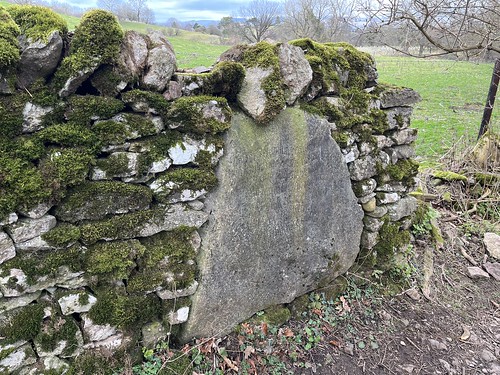

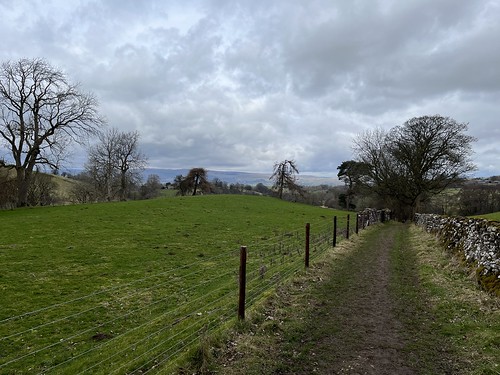

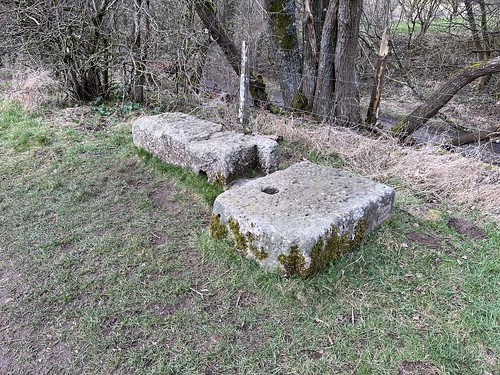

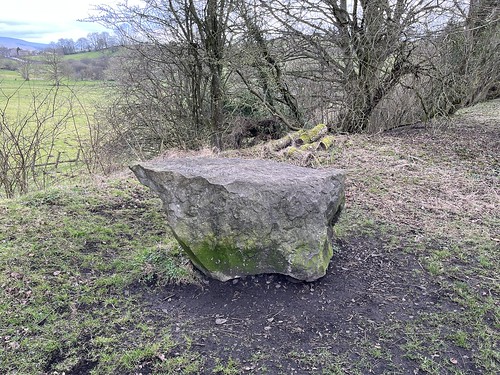



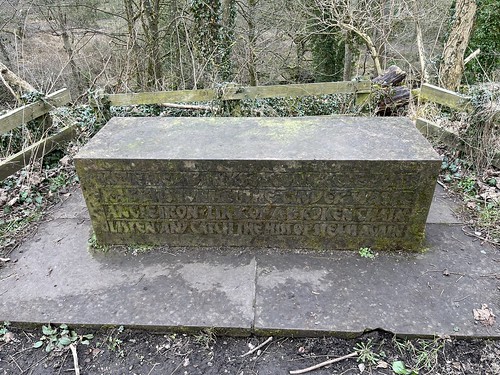

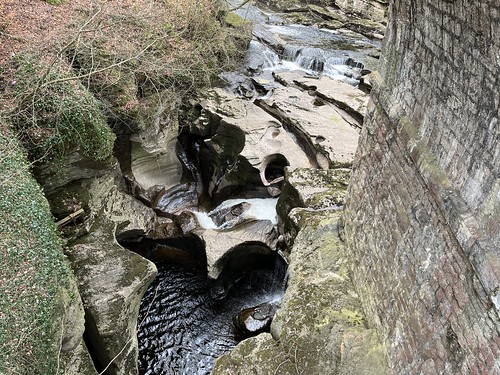
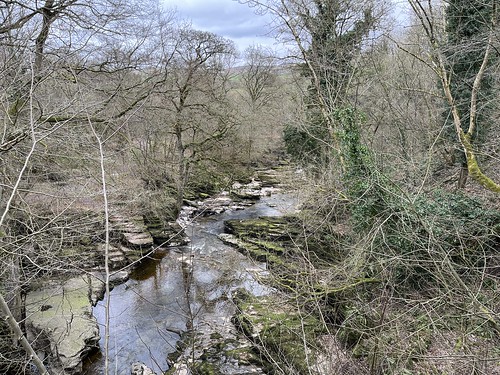
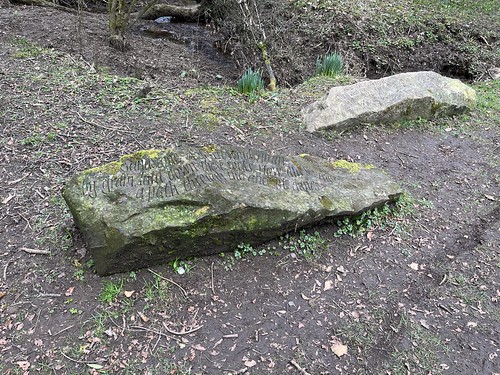



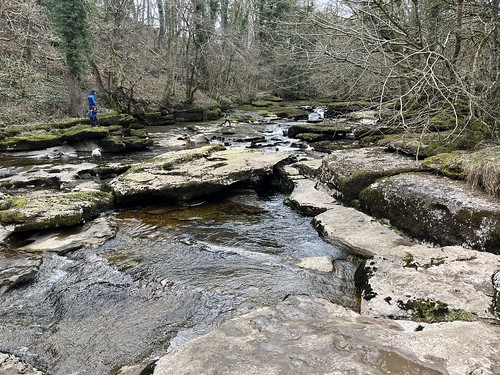


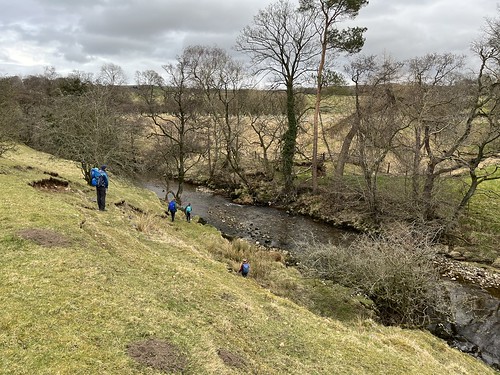
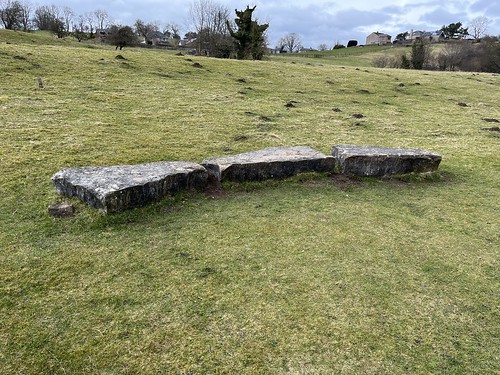
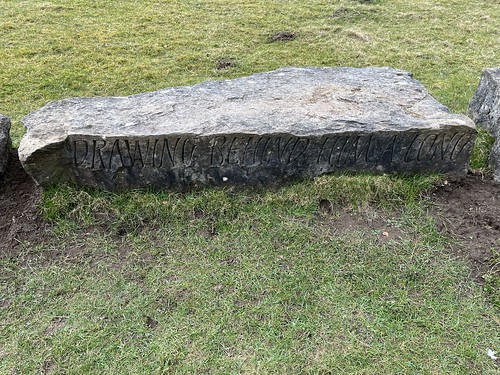
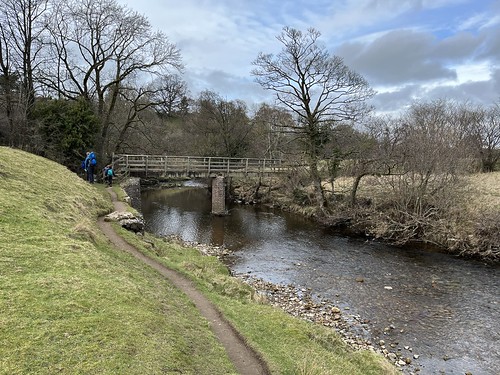


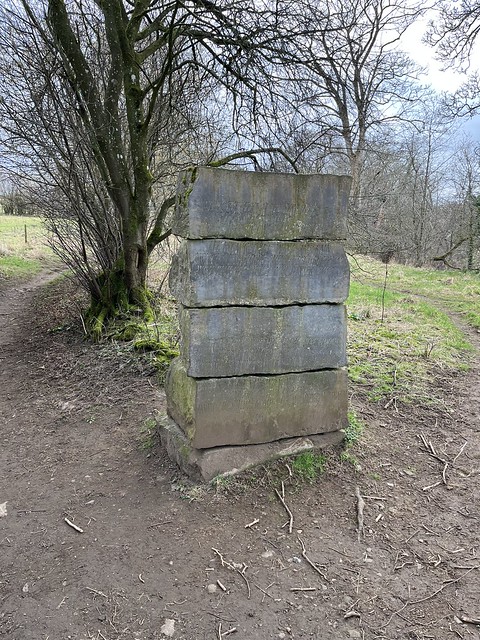



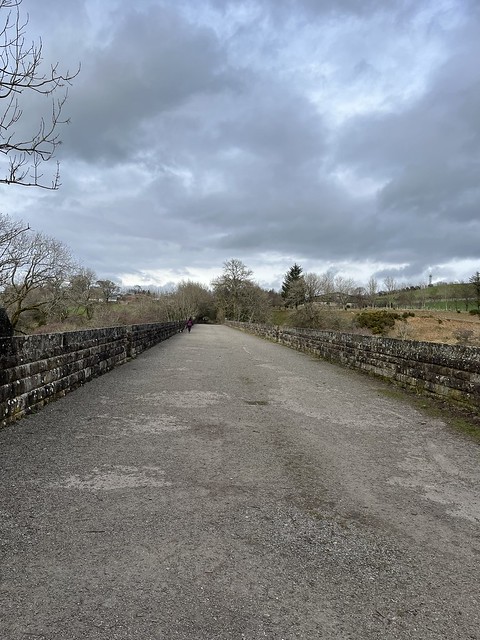
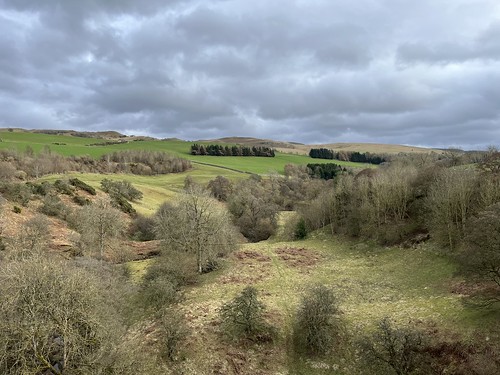
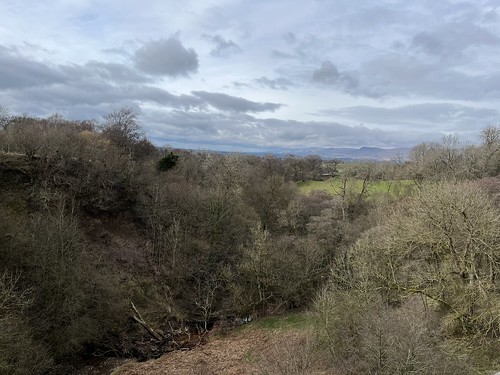
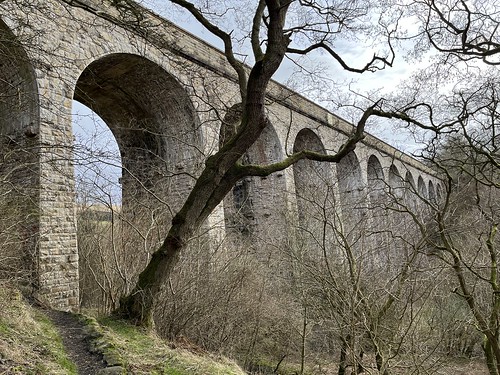
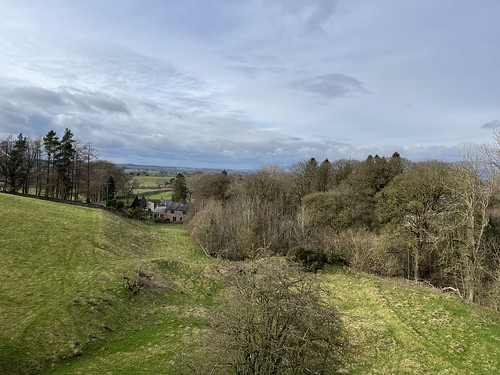
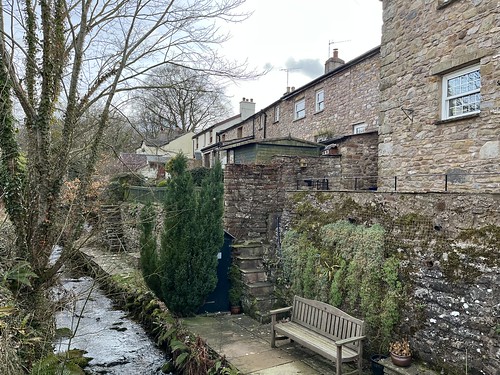
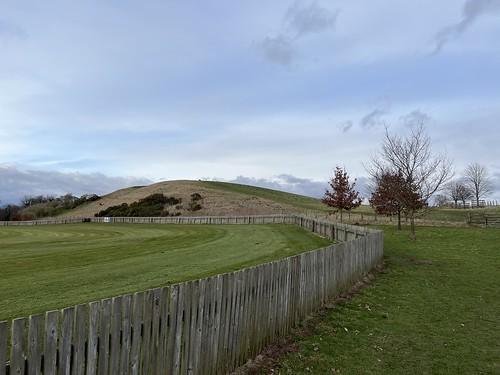
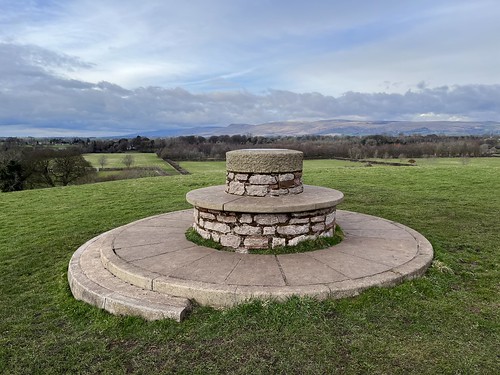


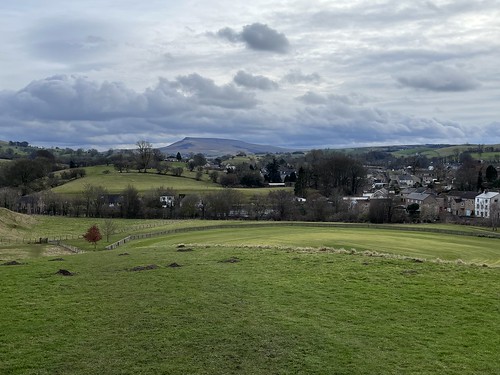
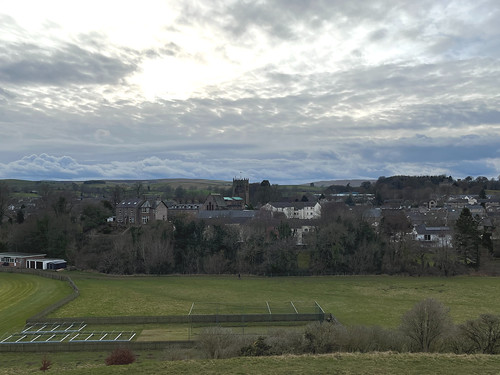

If I could still see the Like buttons on WordPress sites, I would Like this, so I just have to say it here.
I too have problems with WordPress. Not “likes” but on some sites (but not all) I have difficulties commenting. Frustrating 😡
This was terrific. A lot of effort, the walking, the researching, and the writing. I know the Eden a little around Great Salkeld, but not this bit, and am very glad to have discovered it here. I shall bear this in mind for future adventures. What a great idea, a poetry walk.
Thanks Michael.
This is all new territory for us to. And we’re enjoying exploring the area. I fancy getting down Mallerstang too. And North of Penrith is unknown terrain too. So many places, so little time!
I know what you mean. We’re stuck for choice.
Thanks very much for the mention. I definitely have an appreciation for The Eden Valley , we still have much to explore! I didn’t realise there were so many poetry stones, well done for finding them all.
The Poetry walk is recommended as is the viaduct. Easy walking with plenty of interest
Lovely, you and Sharon between you are definitely selling the Eden Valley.
It’s new territory for us, Anabel, but we’ve definitely been missing out.
Hey there, love your blog!
What a lovely post! I enjoyed learning about the Poetry Path and the different stones with their poems and motifs. I’m curious, do you have a personal favorite stone and poem?
Charlotte 🌿 http://www.arvorlife.com 🌊
With you from mountain to sea
Thanks Charlotte.
Picking favourites is tricky. I think I like the May and June poems the best. Choosing a favourite stone is trickier but perhaps the curvy August and twin November stones.
I don’t know wheter you’ve heard of the Stanza Stones trail. Poems by Simon Armitage on stones carved by the same artist, but scattered over a much longer distance over the northern moors http://www.stanzastones.co.uk/
I haven’t but that sounds pretty awesome!
What a great little walk and a really novel and well executed idea
It was a good walk. Not strenuous and with the art and poetry too it suited J.
Some lovely views on this walk and the poetry path is a great idea. I like September’s poem but my favourite one is June.
Yes, it was a really good walk to start the holiday. The poems were difficult to read on most of the stones, but I found the text on the net